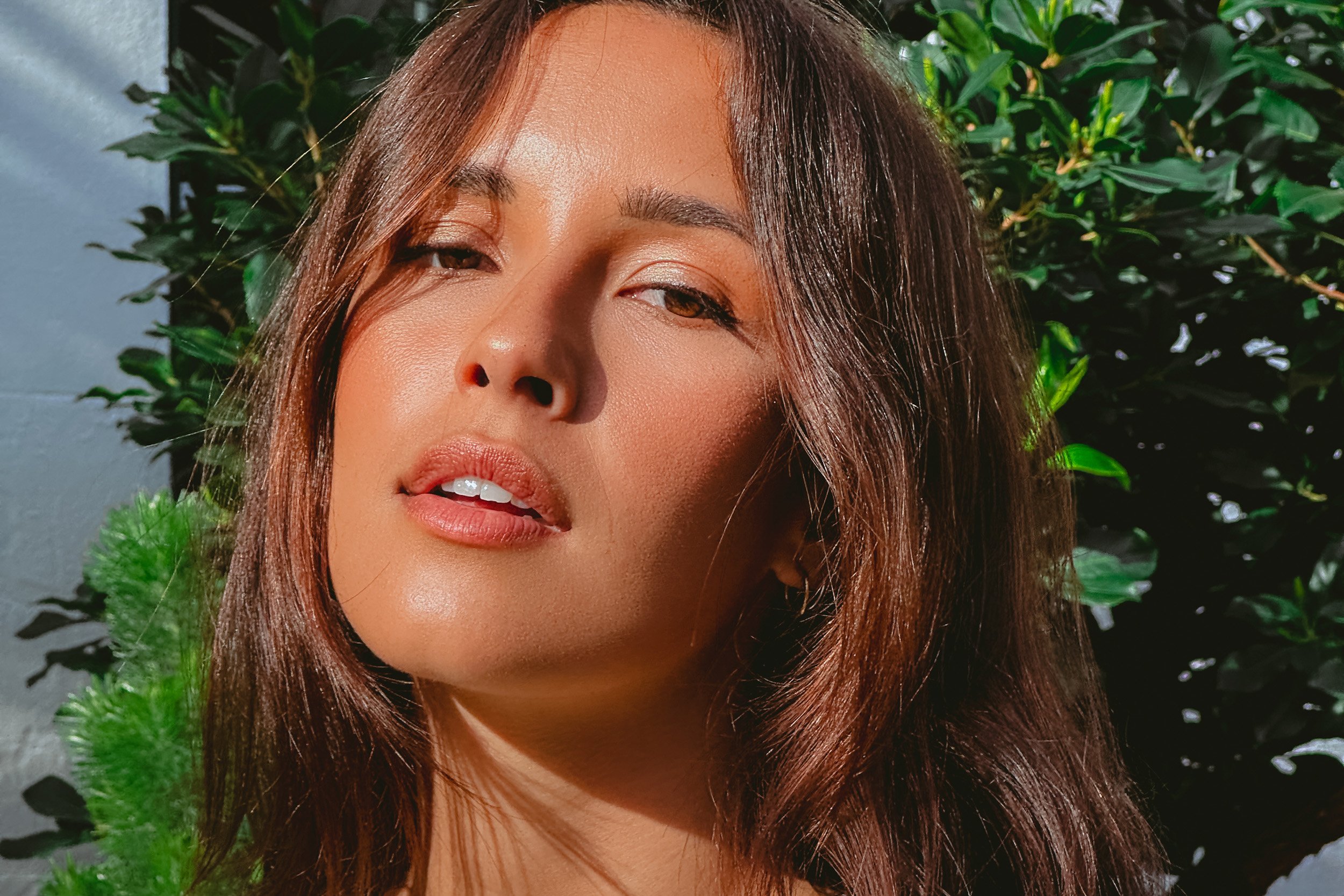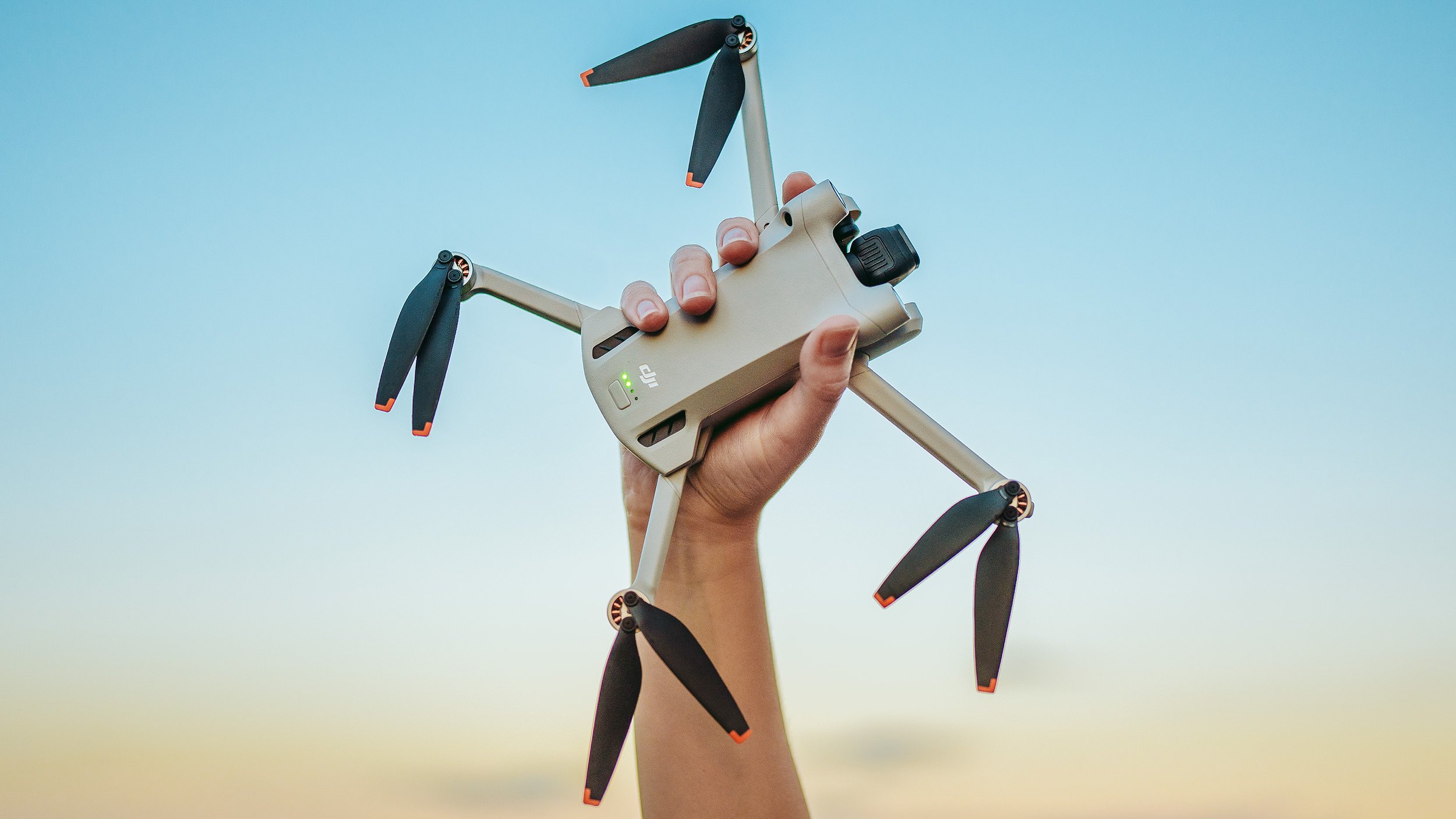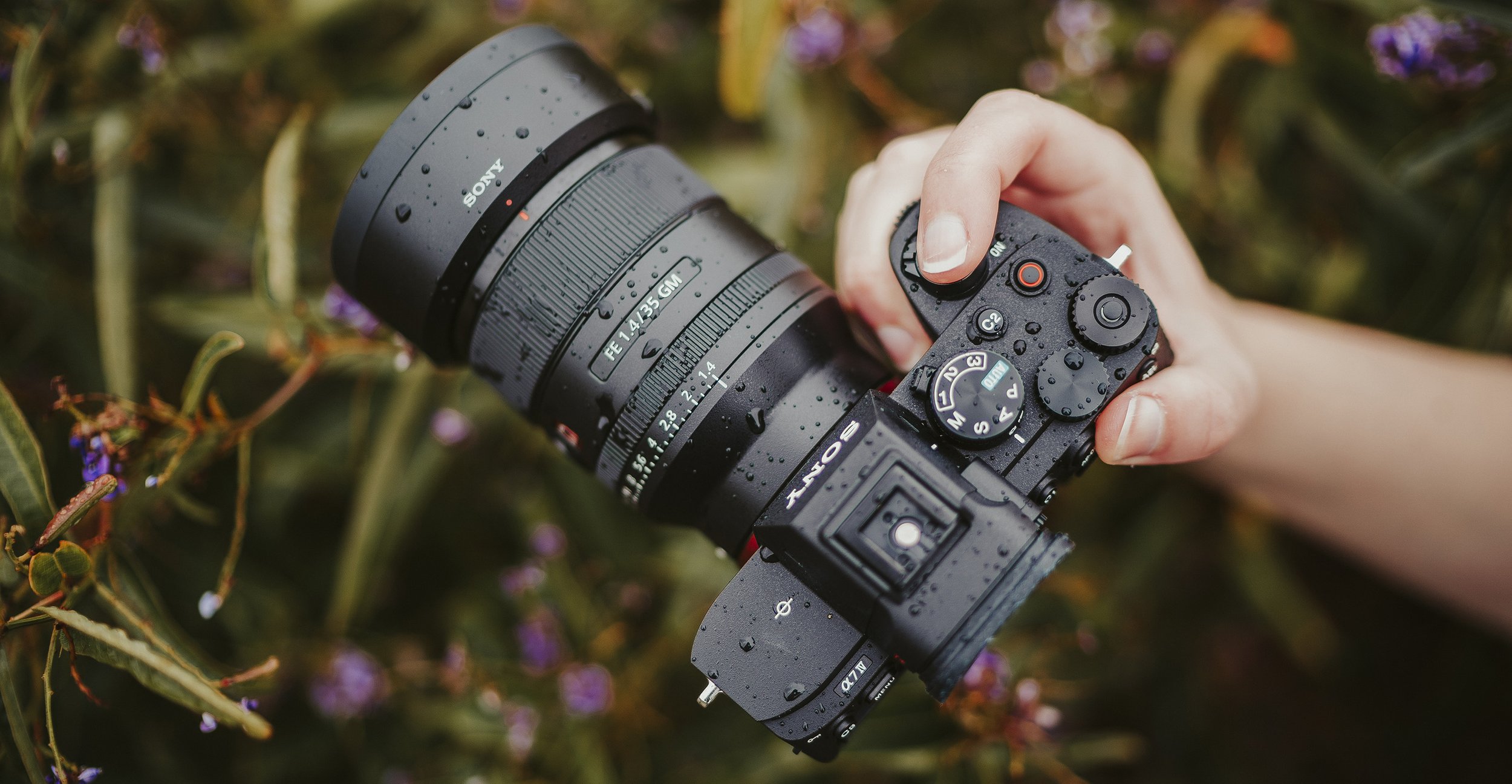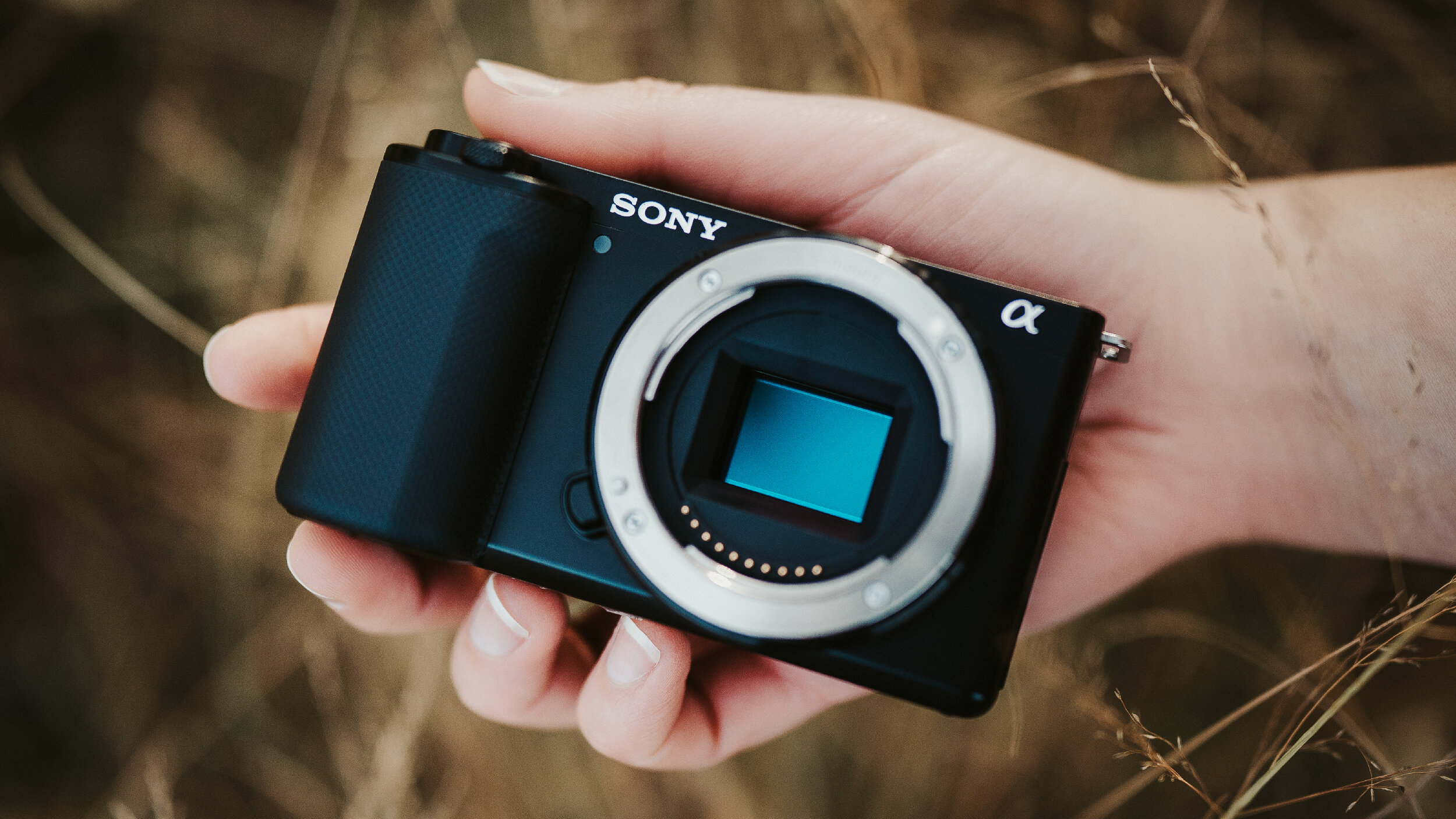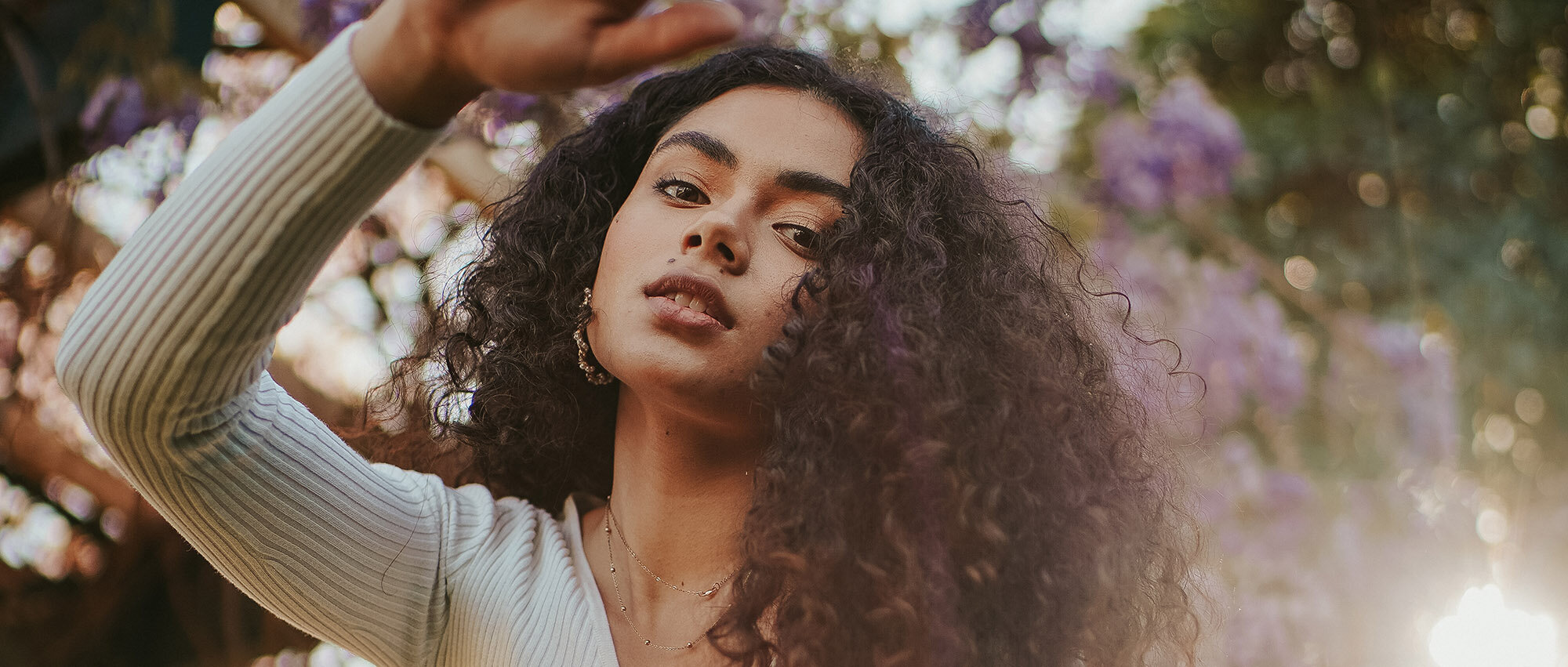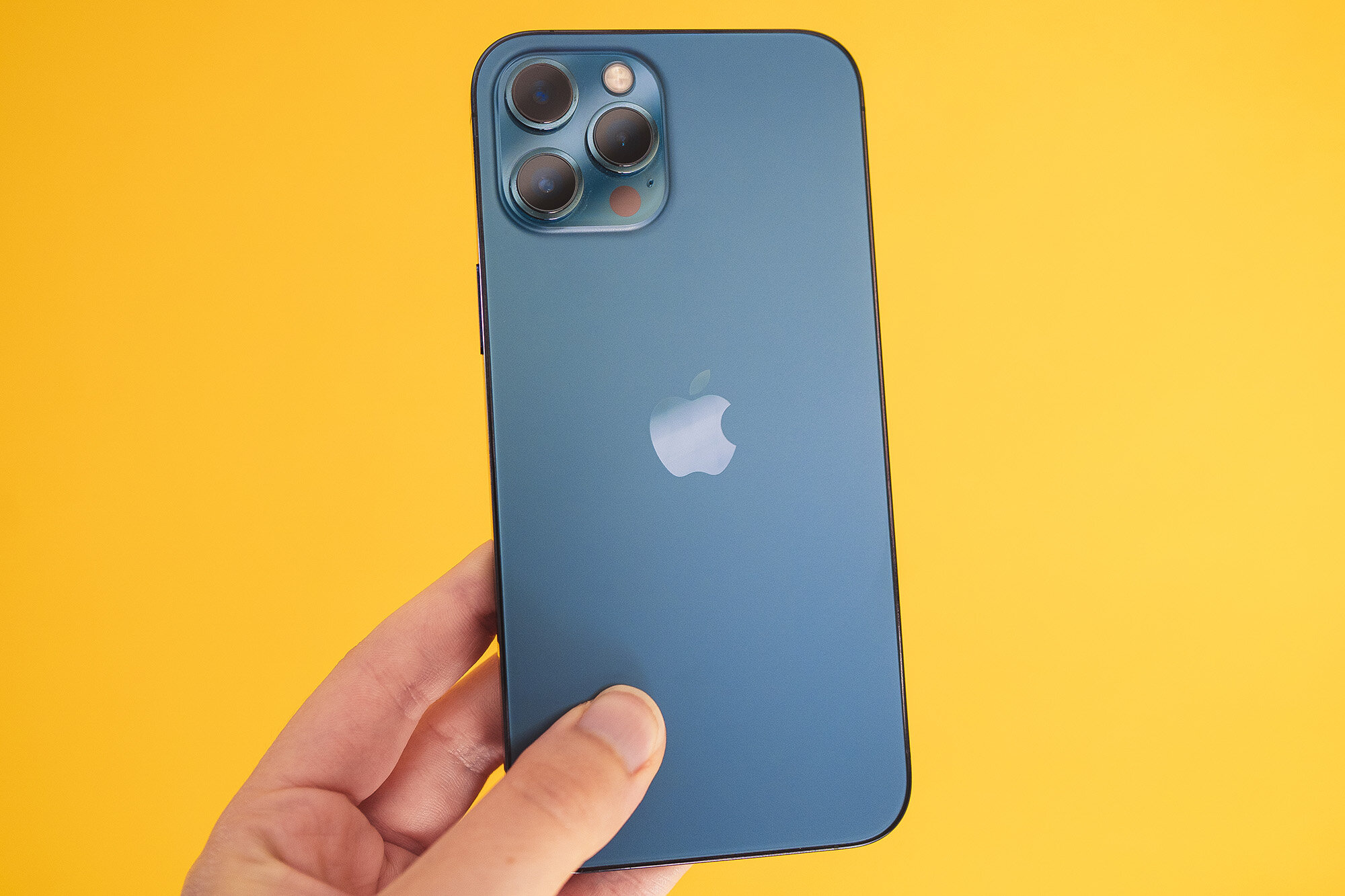The A6700 is an APS-C hybrid camera body with a 26 megapixel backside illuminated sensor. This camera features the new AI autofocus system first introduced by the A7RV. This means the A6700 has real time recognition autofocus since it features an AI processing unit just like the A7RV. It's great to see this new AF tech in an APS-C body especially considering price point of the camera.
Viewing entries tagged
camera review
The Fujifilm X-S20 is a hybrid mirrorless camera body with a 26.1 megapixel APSC sensor. Like the X-S10, the X-S20 embodies a simpler body design without the dedicated shutter and ISO dial you'll find on other Fujifilm bodies such as X-T series. I also use this camera for a portrait photoshoot and share unedited, straight out of camera images at 100% crop.
The Google Pixel 7a is Google's latest mid-range phone featuring 2 cameras. I'm taking the camera's out for a hands-on review in real world to see how they perform. By taking portraits and cityscapes I will share with you unedited and edited samples of the 7a Ultrawide Camera, Wide Camera and 2x Zoom. I also share video samples of the Pixel 7a with both the rear and front cameras, plus share a sample of the microphone quality.
The LUMIX S5II is a full frame, 24 Megapixel camera. I am taking it out in Tokyo, Japan to see how it performs in the real world for both photo and video. Unlike other LUMIX cameras that only use contrast detection AF, the LUMIX S5II now uses Phase hybrid AF!
The Sony A7RV is a full frame, 61 megapixel camera for stills and video. The A7RV weighs 723g, almost as heavy as the flagship Sony A1 which weighs 736g. The Sony A7RV received a huge overhaul to Sony's well known eye AF. The A7RV now uses an AI processing unit to improve the camera's subject recognition capabilities. The new AI processing unit allows the A7RV to have better accuracy with autofocus and more variety in autofocus subjects. These autofocus subjects include humans, animals, birds, insects, trains, planes and cars. Watch my Sony A7RV real world review video below. I share real time human, animal and insect subject recognition examples in stills and video.
The iPhone 14 Pro and Pro Max features a main camera of 48 megapixels. Throughout this review, I am capturing photos in both JPG and RAW. When in JPG mode, the iPhone 14 Pro produces 12 megapixel files. To access the full 48 megapixel sensor, you need to shoot in Apple ProRaw.
The Google Pixel 7 makes use of a 50 megapixel Quad Bayer sensor. This is the same sensor we are seeing in the Google Pixel 7 Pro. The main camera of the Pixel 7 is the full frame equivalent of 24mm and makes use of autofocus. During this Pixel 7 camera review I am shooting with RAW + JPG.
The Google Pixel 7 Pro features a 50 megapixel Quad Bayer wide camera. This is in the phones default camera, which has an aperture of f1.85 and is the full frame equivalent focal length of 24mm. Throughout this portrait photoshoot I am shooting with both raw and jpg simultaneously. This is a feature I have always appreciated about Pixel devices. It's great to have the option between a ready to go JPG or a RAW .dng file to edit to your liking.
The Google Pixel 6a has a 12 megapixel ultra wide rear camera. It has an aperture of f2.2 and has a 114° field of view. The ultrawide camera has rich and true to life colours. The example photos I am sharing below are all unedited JPGs from the Pixel 6a. I really like the dynamic range of the ultrawide camera, there is plenty of detail and colour throughout the entire photo.
The Mini 3 Pro has a 1/1.3 inch sensor. It has a 48 megapixel camera with a 6.7mm f1.7 fixed aperture lens which is the full frame equivalent of 24mm. In video, we can record 1080p and 4K footage in 25, 30, 50 and 60p. This is an improvement from the Mini 2 where you could only film those frame rates at 2.7K. The Mini 3 Pro also features 120fps in 1080p.
The Sony A7IV is FINALLY here!! We're going to be taking a look at this camera in my real world review to see how the A7IV performs out in the field. I have SO MUCH in this video today, we test out: human eye AF in photo and video, animal + bird eye AF in photo and video, we check out the A7IV body build to see what's new in the physical body, do portrait photography in the rain to see the image quality, colour rendition and sharpness. I use 3 different prime lenses for our portrait photoshoot: the GM 35mm f1.4, GM 85mm f1.4 and GM 135mm f1.8. I have some 4K video samples to share with you, I see if the A7IV overheats in video or photo mode, compare the IBIS, all the picture profiles, focus breathing compensation and see how the A7IV performs in low light for photo and video. I also answer the all important question - as a full time portrait and wedding photographer who uses the A7III, will I upgrade?
In this iPhone 13 Pro Max camera review, we are testing portrait photography, video and low light photos. During our portrait photoshoot with the iPhone 13 Pro, I use a continuous light in a bright studio to test the quality and sharpness of the standard camera, wide angle lens, zoom functions and portrait camera. I am taking photos in both RAW and straight out of the camera JPGs on the iPhone 13 Pro Max to compare the quality of each file.
The Sony ZV-E10 is an APSC 24.2 megapixel mirrorless camera aimed at vloggers and content creators with an interchangeable lens mount. The ZV-E10 features the same Bokeh Switch and Product Showcase Mode as the ZV-1. You can find a high resolution JPG downloadable gallery of sample photos I took on the ZV-E10 at the bottom of this blog post.
The Sony A7C is a small and lightweight full frame mirrorless camera with IBIS. In today’s review of the Sony A7C I will be sharing some SOOC 100% crop images taken with the Zeiss 35mm f1.4 and FE 28-60mm f4-5.6 kit lens.
The GFX 100S is a medium format, 100MP camera from Fujifilm and for this portrait photoshoot, I’ll be using it with the GF 80mm f1.7. Download high resolution images from this camera to see all the details.
In this iPhone 12 Pro Max camera review, we are doing a natural light portrait photoshoot. I will be testing out the standard camera, wide angle camera, zooming functions and the portrait camera too. We will also be testing out the Pro Max's video features including the very exciting IBIS!
The Fujifilm X100V is a small, lightweight and compact camera. I decided to do an on location, natural light portrait photoshoot with the X100V to test out the image quality, focus accuracy, sharpness and overall performance of the camera.
The X-S10 is a small, light weight and very capable mirrorless camera. I share real time eye AF examples during a portrait photoshoot, share video footage from the X-S10 and test ISO sensitivity during low light conditions.
I’m testing out and reviewing the Canon R5 and RF 50mm f1.2. Here are some images I took from my real world review video of the camera which you can watch down below to see how the eye AF performance and accuracy works, image quality with my unedited 100% crops, 4K and 8K video performance and low light capabilities. I also used the Canon EOS R5 with both and RF and EF lenses.
In this portrait photoshoot, I am using the Canon EOS R with the native RF 24-70mm f2.8 zoom lens. We test autofocus performance + accuracy and take a look at image quality + sharpness with 100% crop SOOC photos.






